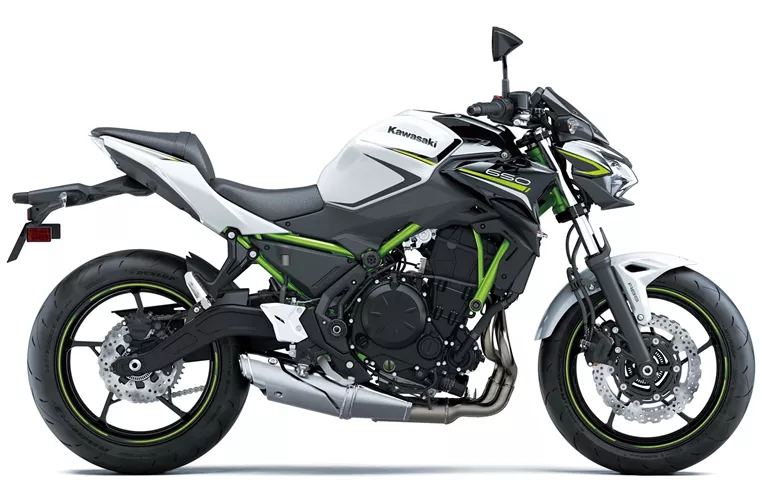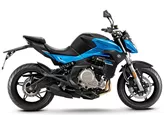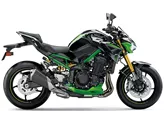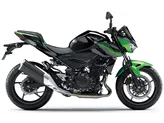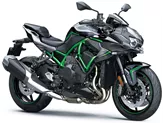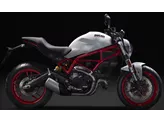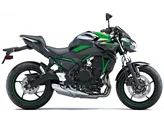Kawasaki Z1000 2010 vs. Kawasaki Z650 2020

Kawasaki Z1000 2010
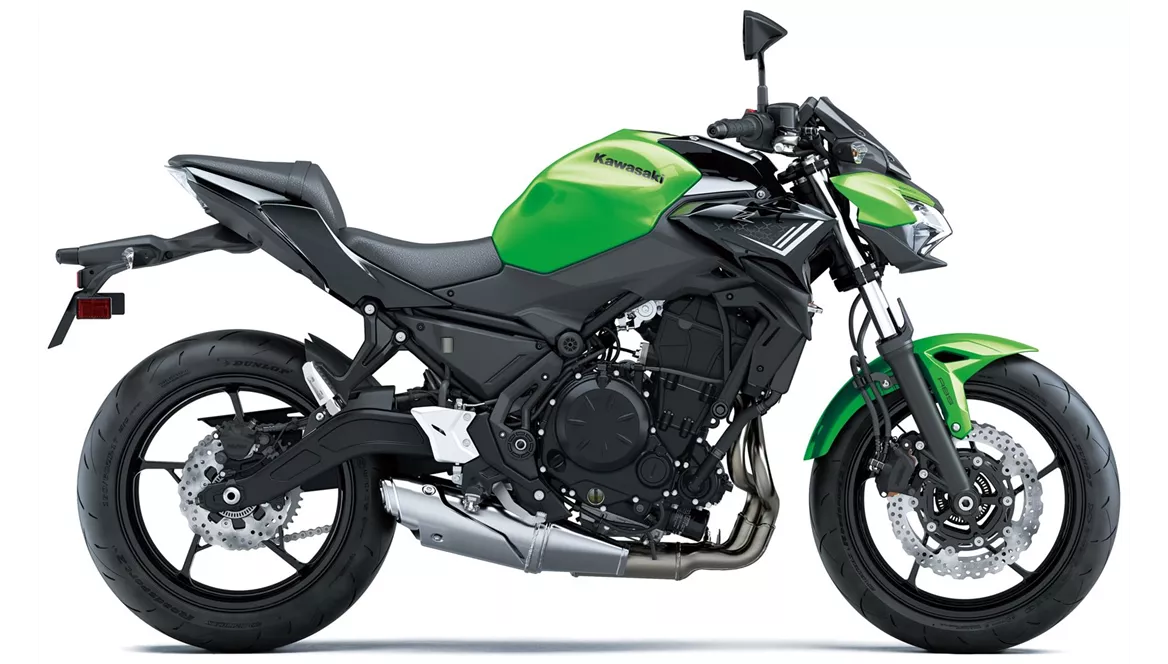
Kawasaki Z650 2020
Overview - Kawasaki Z1000 2010 vs Kawasaki Z650 2020
The Kawasaki Z1000 model year 2010 and the Kawasaki Z650 model year 2020 are both naked bikes with their own unique features and specifications.
In terms of engine and drive train, both bikes have inline engines and liquid cooling. However, the Z1000 has a more powerful engine with 138 HP and 4 cylinders, while the Z650 has a less powerful engine with 68.2 HP and 2 cylinders. The Z1000 also has a larger displacement of 1043 ccm compared to the Z650's 649 ccm.
In terms of suspension, the Z1000 has an upside-down telescopic fork for the front suspension, while the Z650 has a telescopic fork. Both bikes have rear suspension adjustments, with the Z1000 offering compression, preload, and rebound adjustments, and the Z650 offering preload adjustment.

Kawasaki Z1000 2010
In terms of chassis, the Z1000 has an aluminum frame with a double cradle type, while the Z650 has a steel frame with a tubular type. Both bikes have double disk front brakes, but the Z1000 has four pistons compared to the Z650's double piston. Both bikes also have petal technology for their front brakes.
In terms of dimensions and weights, the Z1000 has a wider front tire width of 120 mm compared to the Z650's 120 mm. The Z1000 also has a wider rear tire width of 190 mm compared to the Z650's 160 mm. The Z1000 has a longer wheelbase of 1440 mm compared to the Z650's 1410 mm. The Z1000 also has a higher seat height of 815 mm compared to the Z650's 790 mm. However, the Z650 is lighter with a kerb weight of 185 kg compared to the Z1000's 221 kg. Both bikes have a fuel tank capacity of 15 liters.
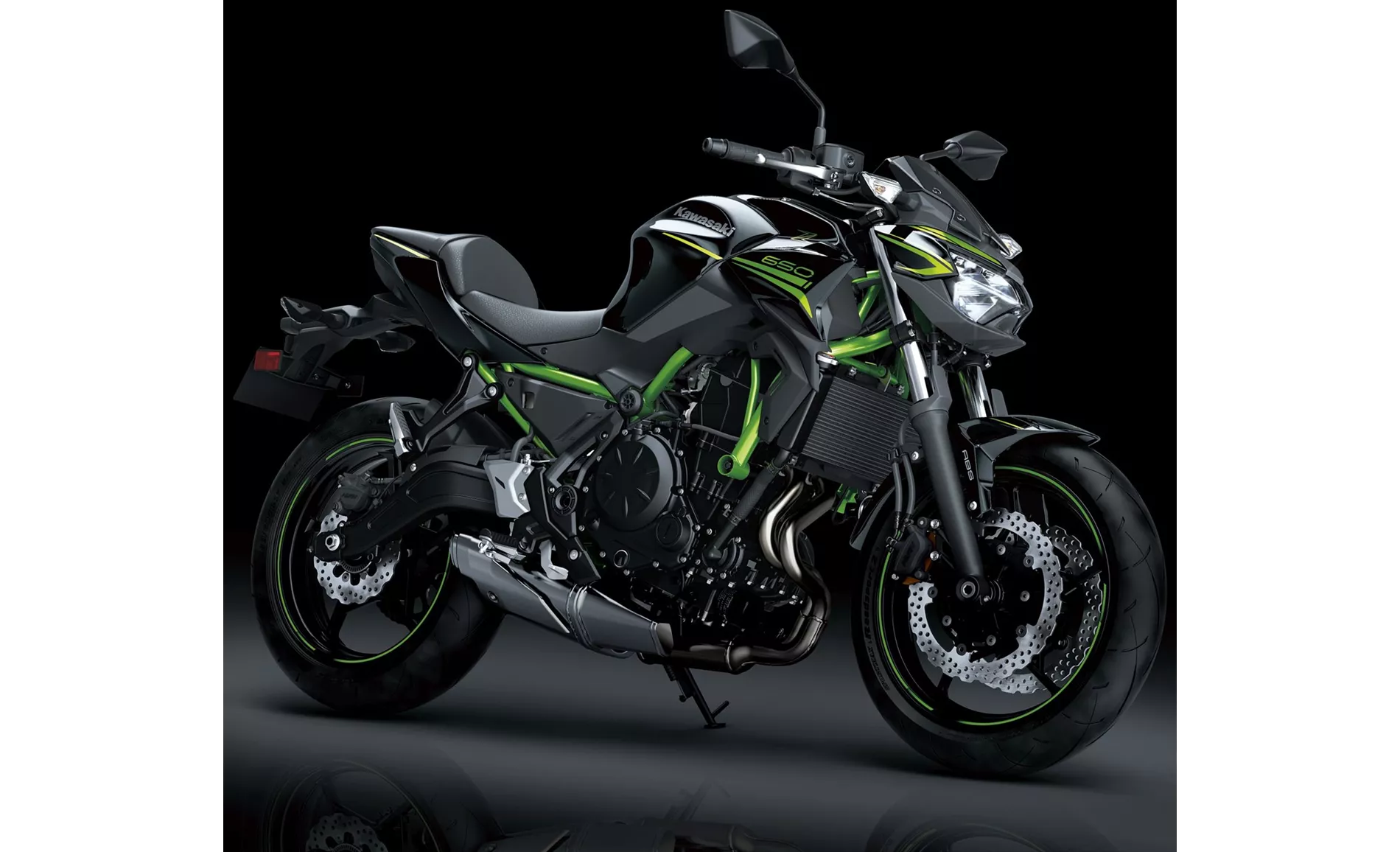
Kawasaki Z650 2020
In terms of strengths, the Z1000 offers satisfaction in the saddle, plenty of power, good chassis, comfort, and a sophisticated design. It also has tightly tuned suspension elements and more direct handling. On the other hand, the Z650 has a powerful two-cylinder engine, aggressive intake noise, compact dimensions, low seat height, stable chassis, and a TFT display with connectivity. It also has a grown-up look.
In terms of weaknesses, the Z1000 has slightly suboptimal brake inputs, although still quite acceptable. The Z650 has a front brake pressure point issue and may be uncomfortable for tall riders. Additionally, the Rideology App on the Z650 is not 100% sophisticated.
Overall, the Kawasaki Z1000 2010 is a more powerful and heavier bike with a higher seat height, while the Kawasaki Z650 2020 is lighter and more compact with a lower seat height. Both bikes have their own strengths and weaknesses, catering to different preferences and riding styles.
Technical Specifications Kawasaki Z1000 2010 compared to Kawasaki Z650 2020
Pros and Cons in comparison
Pros and Cons in comparison
Kawasaki Z1000 2010
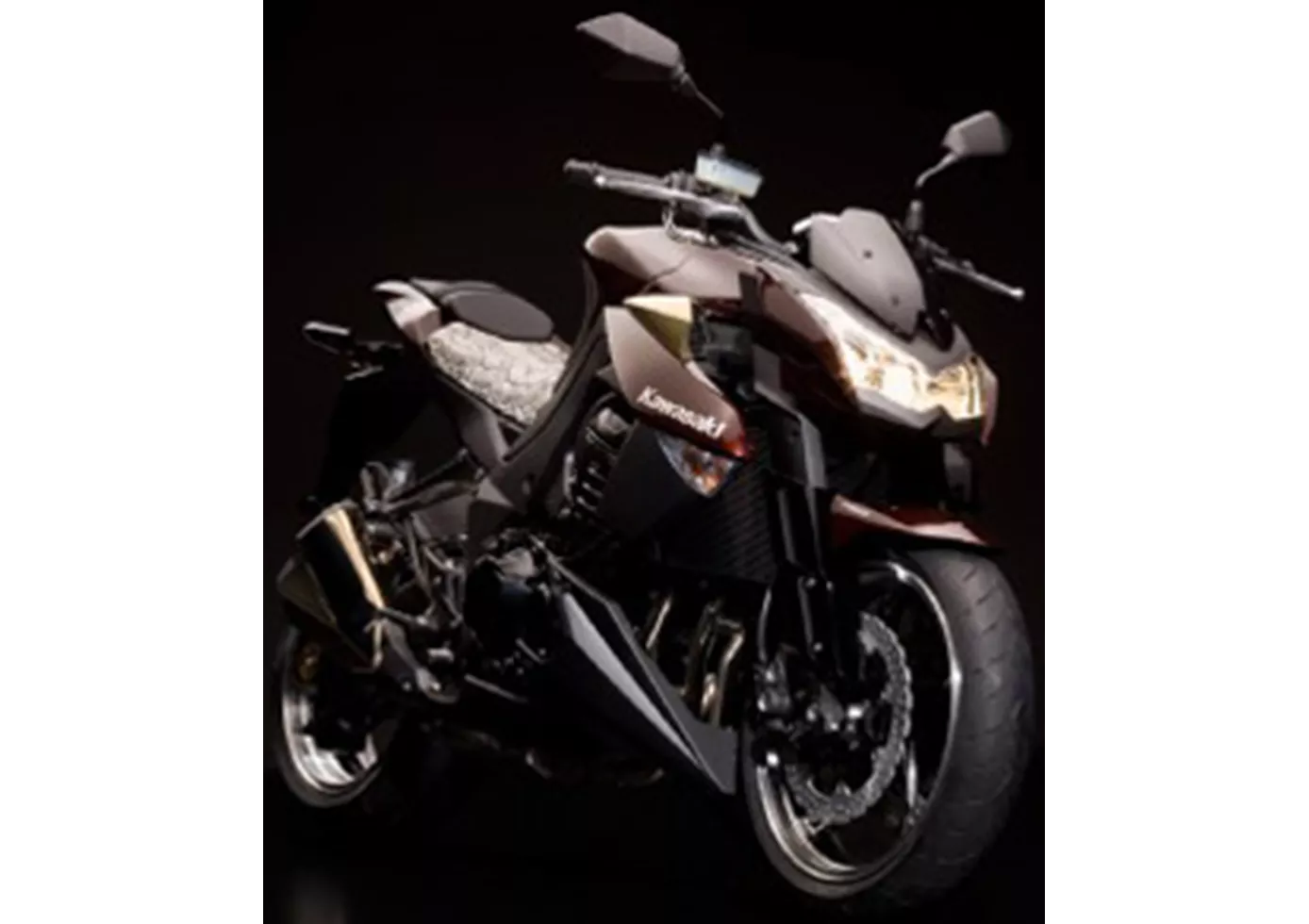
Some made a noble impression at first glance, but the Japanese managed to screw up the whole bike by fitting a single rancid part (exhaust, indicators, swingarm, fork,...). Kawasaki brings the Z 1000 in 2010 all new and all serious.
Kawasaki Z650 2020
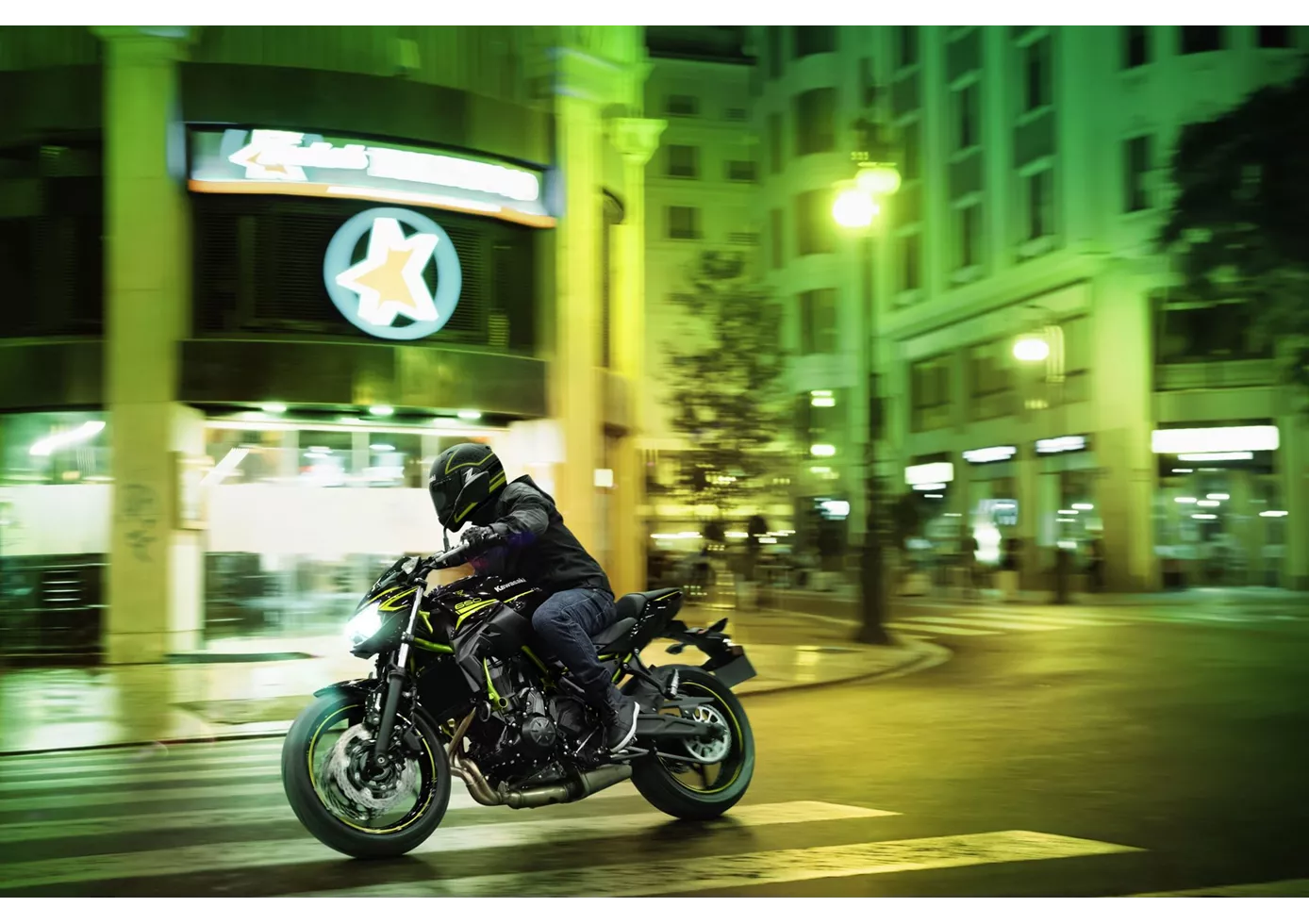
It's simply marvellous what Kawasaki has put together in a complete package with the new Z650. The technical components may not knock your socks off individually, but in combination they make for a pleasantly neutral motorbike that everyone will enjoy. No bitchy idiosyncrasies - simply a naked bike that works really well on winding country roads. Of course, the TFT display, which we don't find in the competition at the moment, is a plus, as is the grown-up look, which is strongly oriented towards the larger Z models. Only the pressure point of the front brake could have been more clearly defined - but you can't have everything in this price range.
Price Comparison Avarage Market Price Kawasaki Z1000 vs Kawasaki Z650
There are a few key differences between a Kawasaki Z1000 2010 and a Kawasaki Z650 2020. It takes less time to sell a Kawasaki Z1000 with 65 days compared to 80 days for a Kawasaki Z650. Since model year 2005 1000PS.de editors have written 41 reviews for the Kawasaki Z1000 and 31 reviews for the Kawasaki Z650 since model year 2017. The first review for the Kawasaki Z1000 was published on 02/09/2002 and now has more than 5,800 views. This compares to more than 25,000 views for the first review on Kawasaki Z650 published on 08/11/2016.

